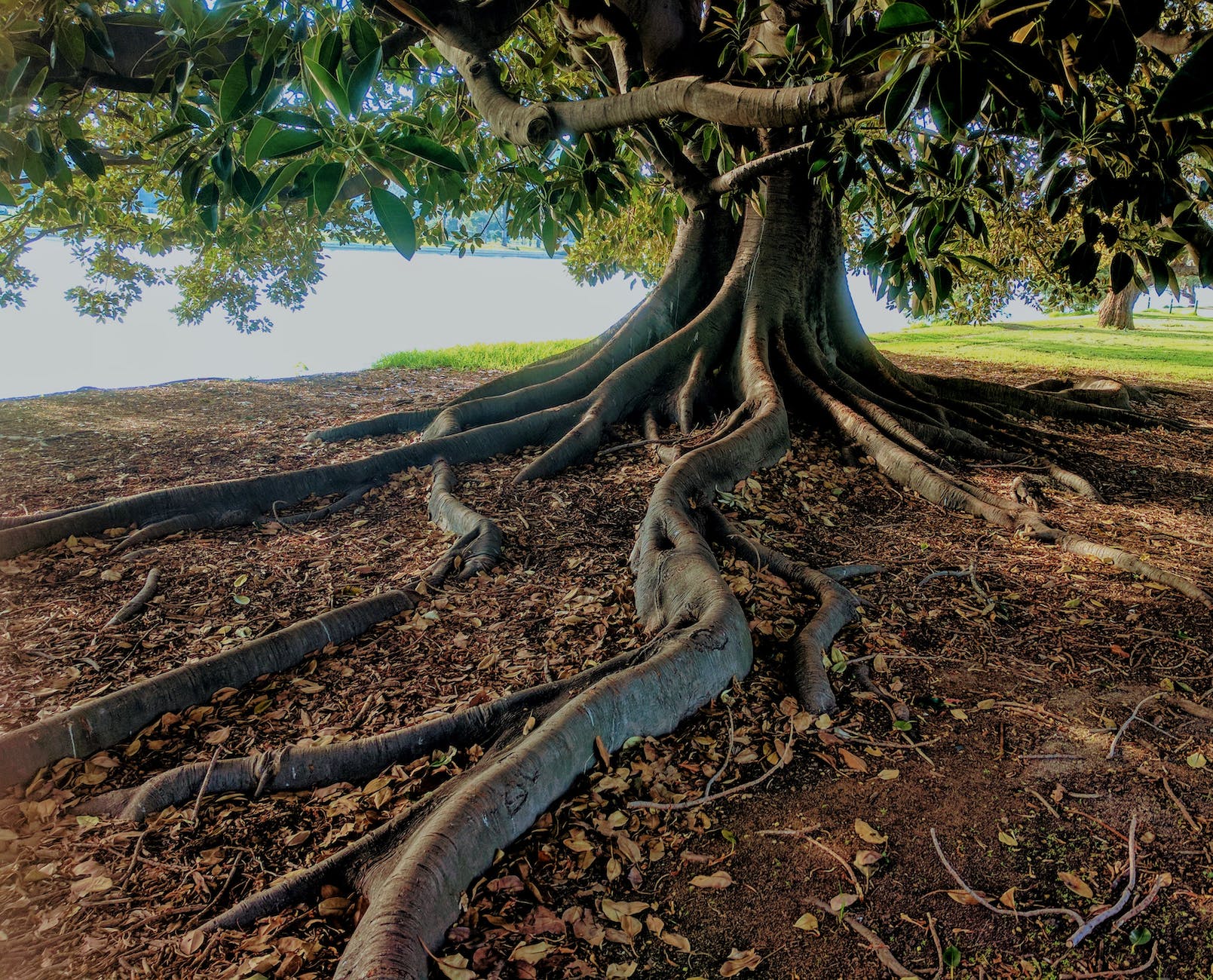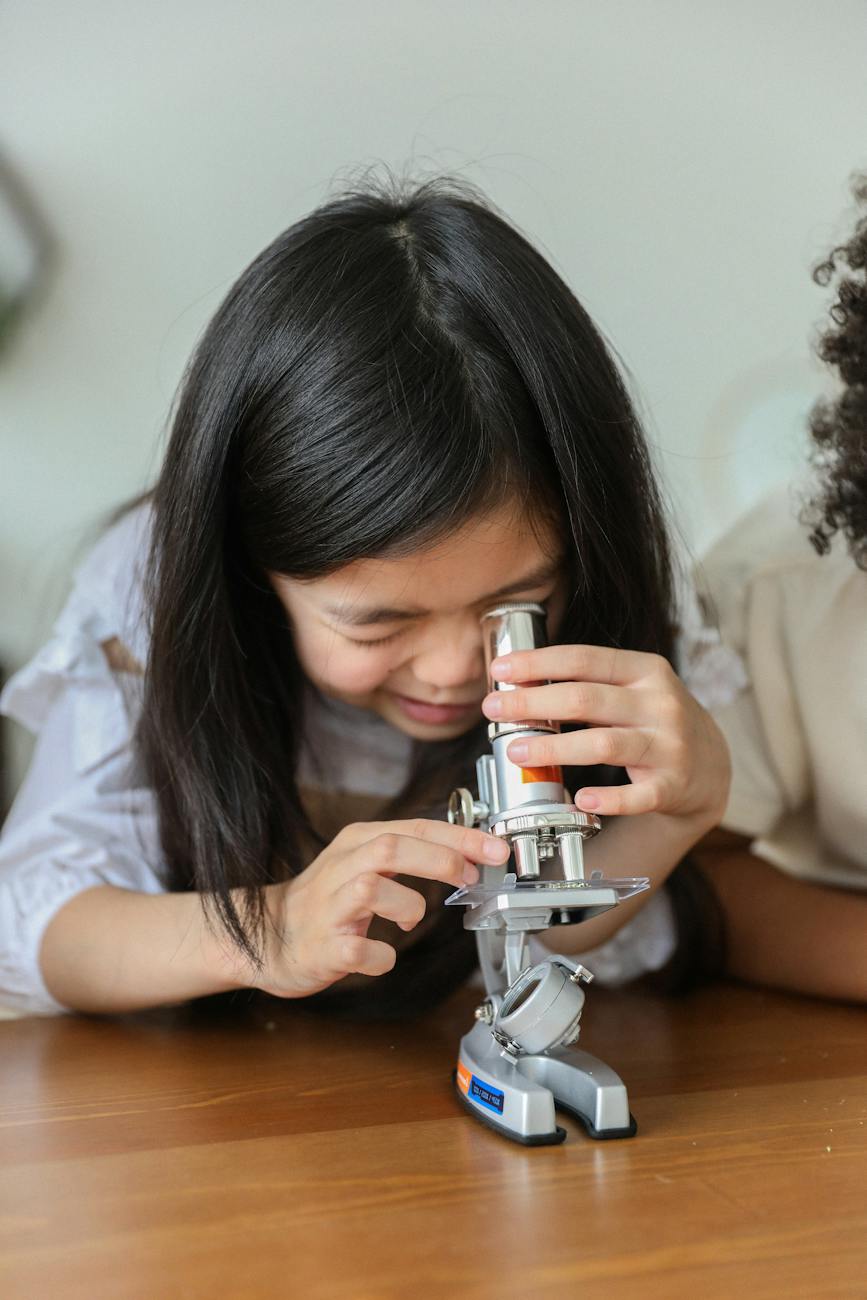This post is about the importance of teaching elementary science. But before I get to that, I want to talk to you about trees…
One of my resolutions for the new year is to read more. Not scrolling on my phone “reading” but to get back to reading actual books every day: fiction, nonfiction, graphic novels…you name it. I’ve already finished a couple of books and am currently about 1/2 of the way through The Overstory by Richard Powers- a book I bought a couple of years ago and have had on my “to read” pile for awhile. (By the way- this book is amazing and I highly recommend.)
The Overstory is a hard book to briefly summarize but I’ll just say that trees are at the heart of the story. Early in the book there is a mention of a quote that you have probably heard before. This quote is sometimes attributed to different cultural groups or individuals but it goes something like this:
“When is the best time to plant a tree? Twenty years ago.
When is the second best time? Now.”
I’ve always appreciated this quote. It gets at a couple of things that tend to be challenging for many of us as human beings. The idea of thinking ahead- of doing something for the future. And also of just STARTING. Just doing the thing- whatever that thing is.

As I was reflecting on this quote I started thinking about teaching and specifically about the teaching of elementary science. If you don’t work in education then you may not know that we have been living in a time when many elementary students are not guaranteed to learn much science (or social studies or art) in a typical day or week…or year. The elementary day tends to be filled almost exclusively with English/Language Arts (ELA) and math instruction. Are there spaces where K-5 students get to engage in meaningful science learning (not just reading about science content)? Of course. Is meaningful science learning happening in all of the elementary spaces? No. And that is a problem.
So I rewrote the tree quote in my mind as I was taking a walk the other day. And it went something like this:
“When is the best time to start teaching elementary science? Thirteen years ago.
When is the second best time? Now.”
Why 13 years ago? Because then our current seniors in high school would have had meaningful science learning every year since Kindergarten. Just imagine that. What would it be like if every single one of our current seniors in high school had enjoyed guaranteed science learning experiences in Kindergarten, and first grade, and second grade, and third grade, and fourth grade, and fifth grade. How might their engagement in middle school science be different? How might their sense of belonging in school change? How might their science/STEM identities be different? How might their connections with science and the natural world be different? How might their sense of agency be different? Would they feel empowered to solve-problems and figure things out? Would they ask hard questions in school and out of school and expect that time be provided for answering those questions?

Well, that’s not the case. We didn’t guarantee that all K-5 students had meaningful guaranteed science learning experiences. That didn’t happen. So what’s the next best thing? To start systematically and intentionally teaching elementary science to every student- every year- now. Elementary science shouldn’t be the privilege of students in certain zip codes or the most “academically adept”. It is the right of every student who enters our systems to learn science (and social studies and the arts) every year.
I feel encouraged about the good work we have ahead of us and our ability to do it. There appears to be some momentum in my state for giving elementary science instruction a reboot…or a re-install. Sometimes you need to unplug your device and then plug it back in. You need to clear the cache. You need to install the latest operating system that has fixes for those bugs and problems from the old OS. It feels like that’s what we need- not a tweak or an oversimplified solution- but a complete install of a new elementary day that is still immersed in literacy and mathematics while also grounded in the language-rich and collaborative work of science (and social studies and art) where student are empowered to figure things out together and solve problems. And today would be a great day to start.
PS- HERE is a recent Education Week article on why time on elementary science & social studies matters.
As an Amazon Associate I earn from qualifying purchases.


Leave a comment